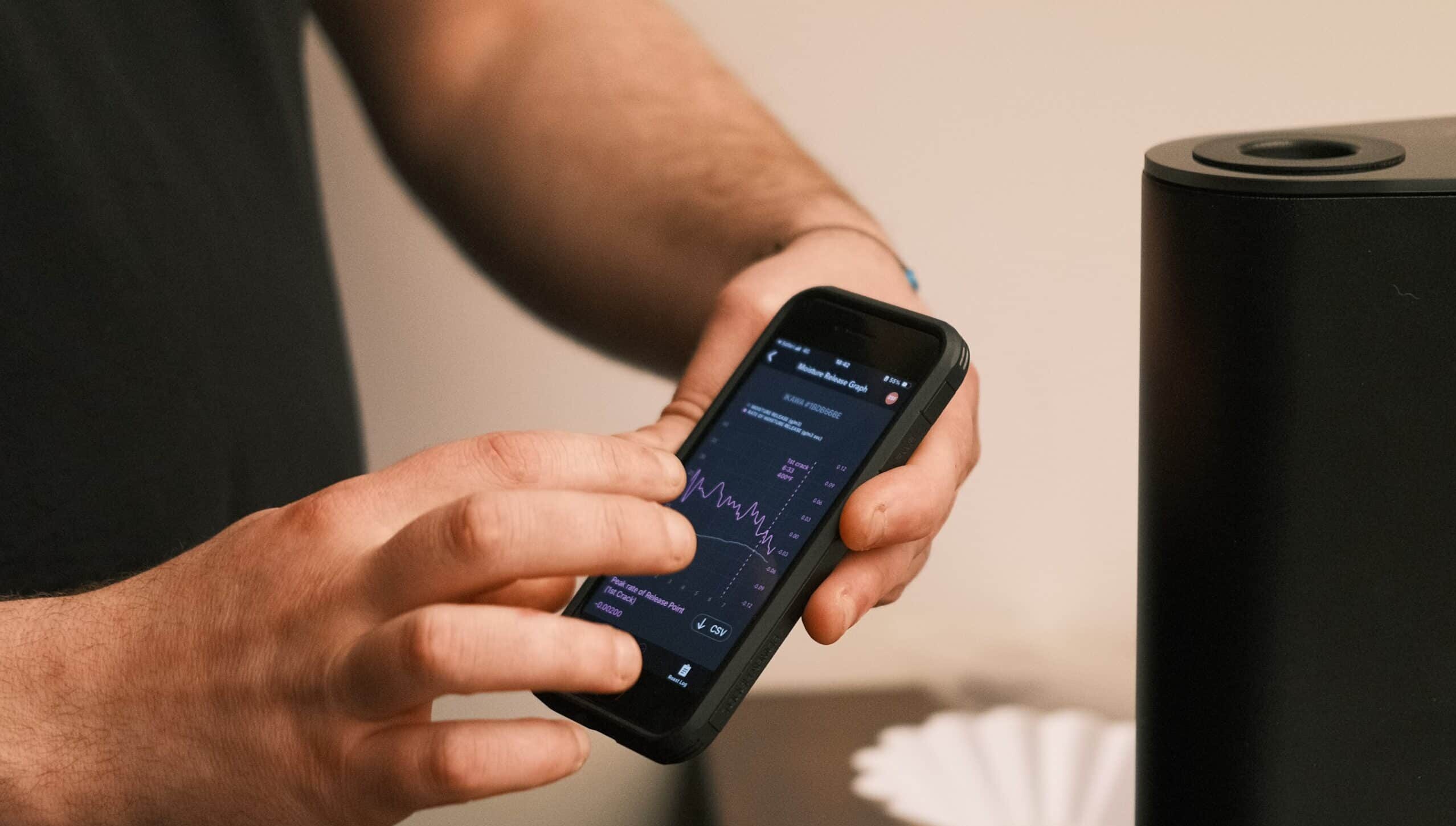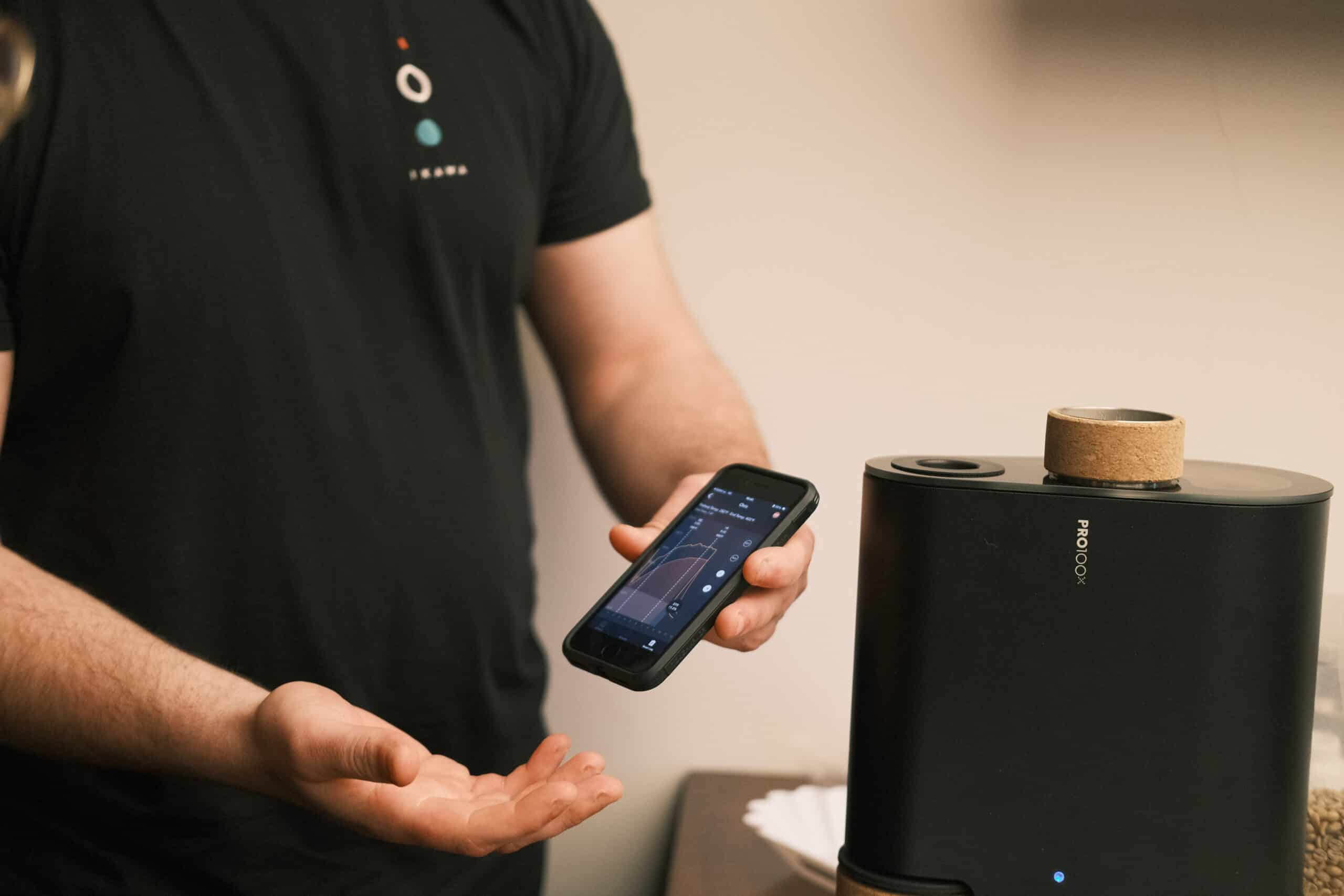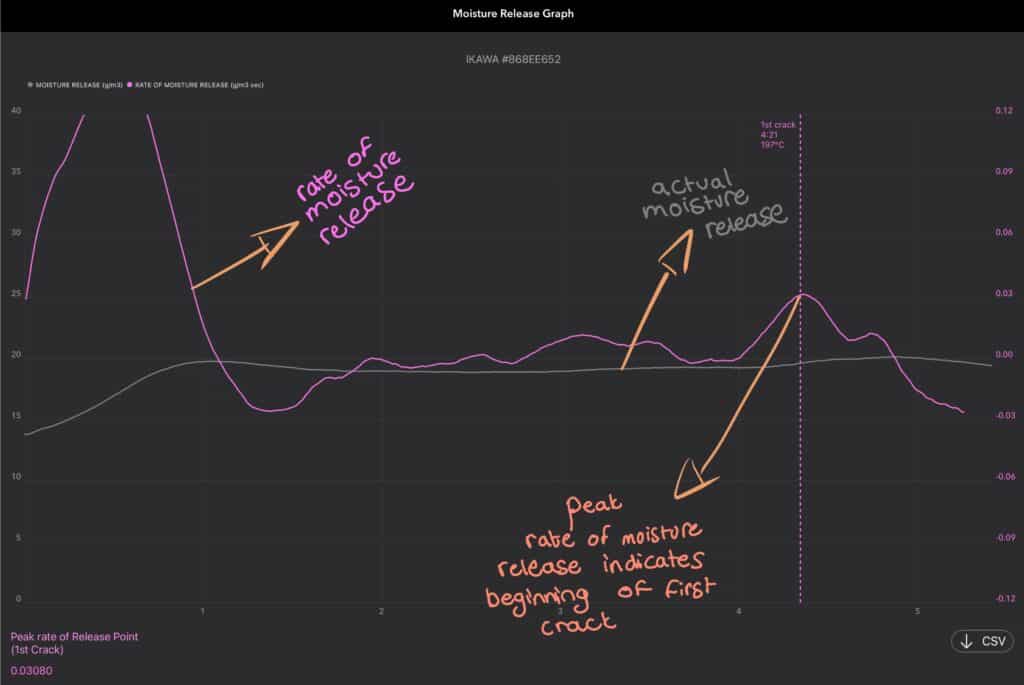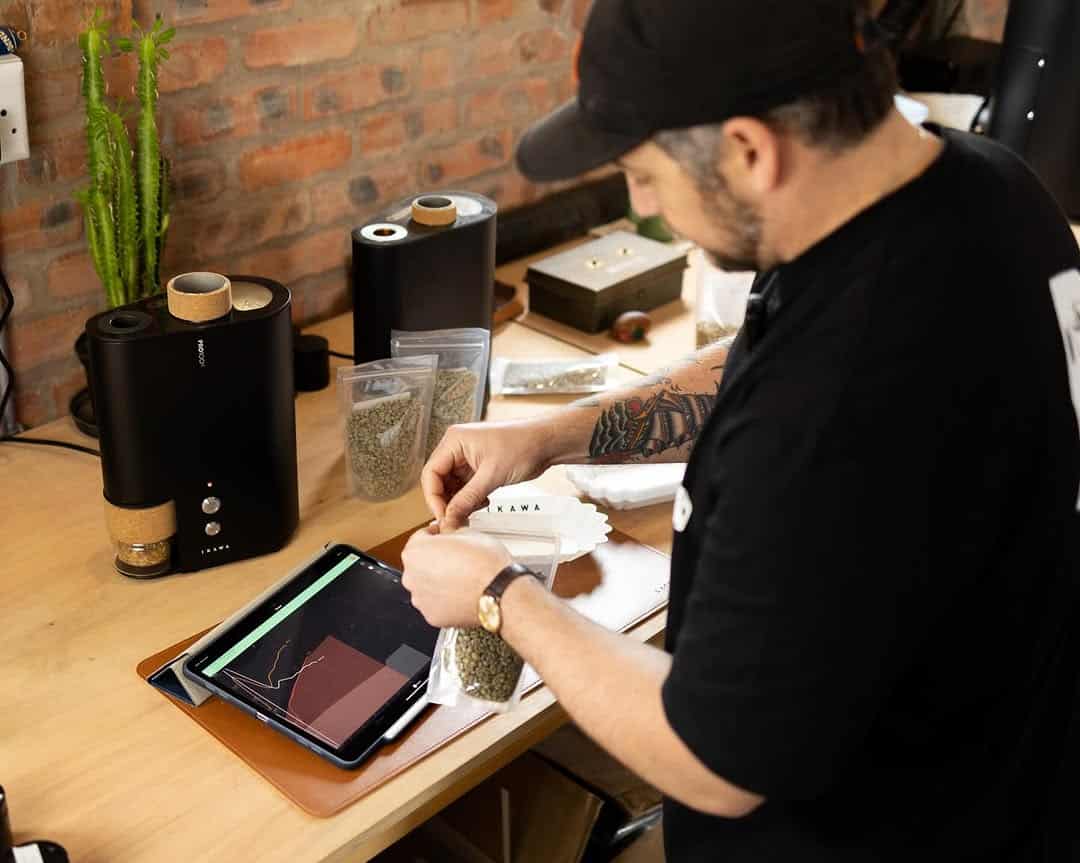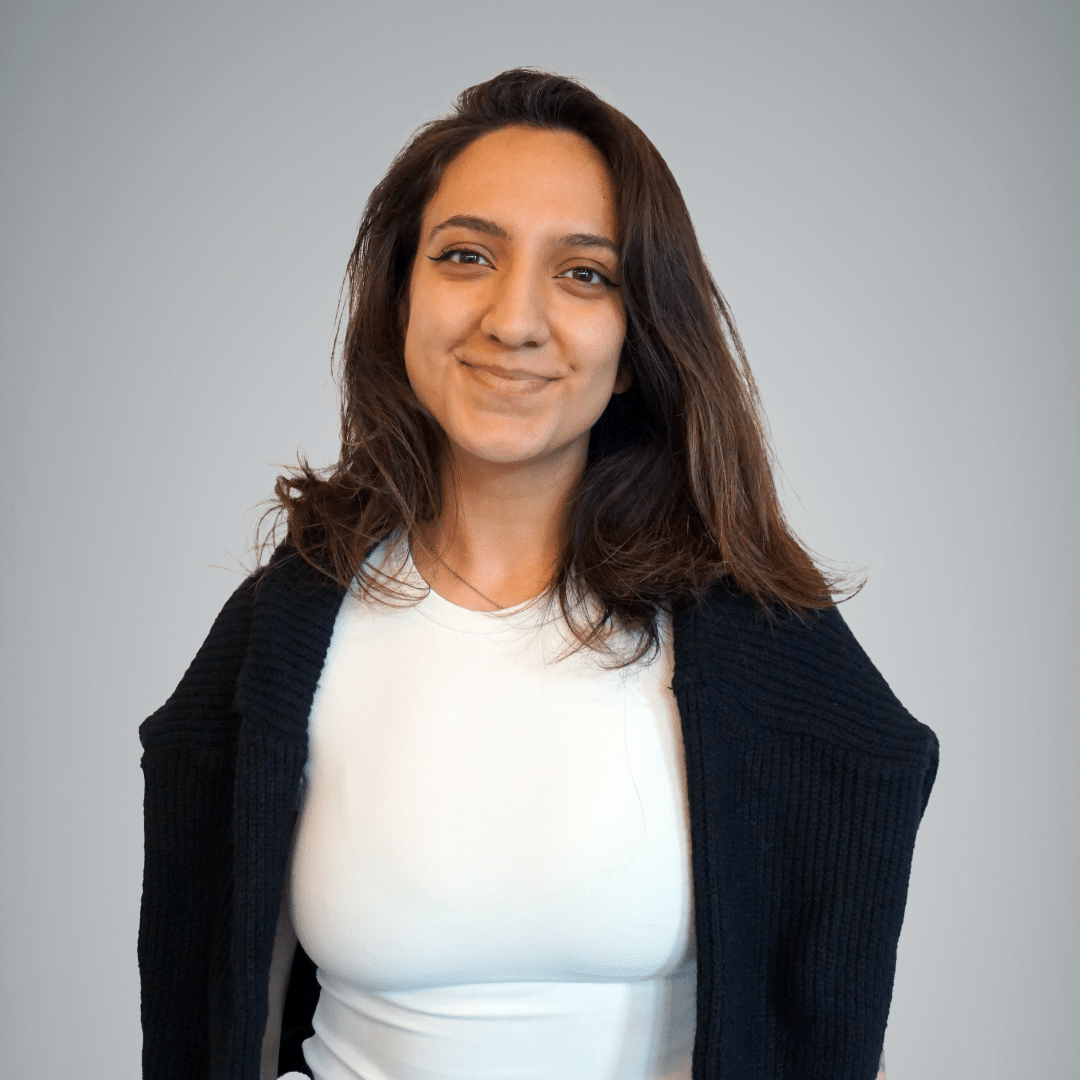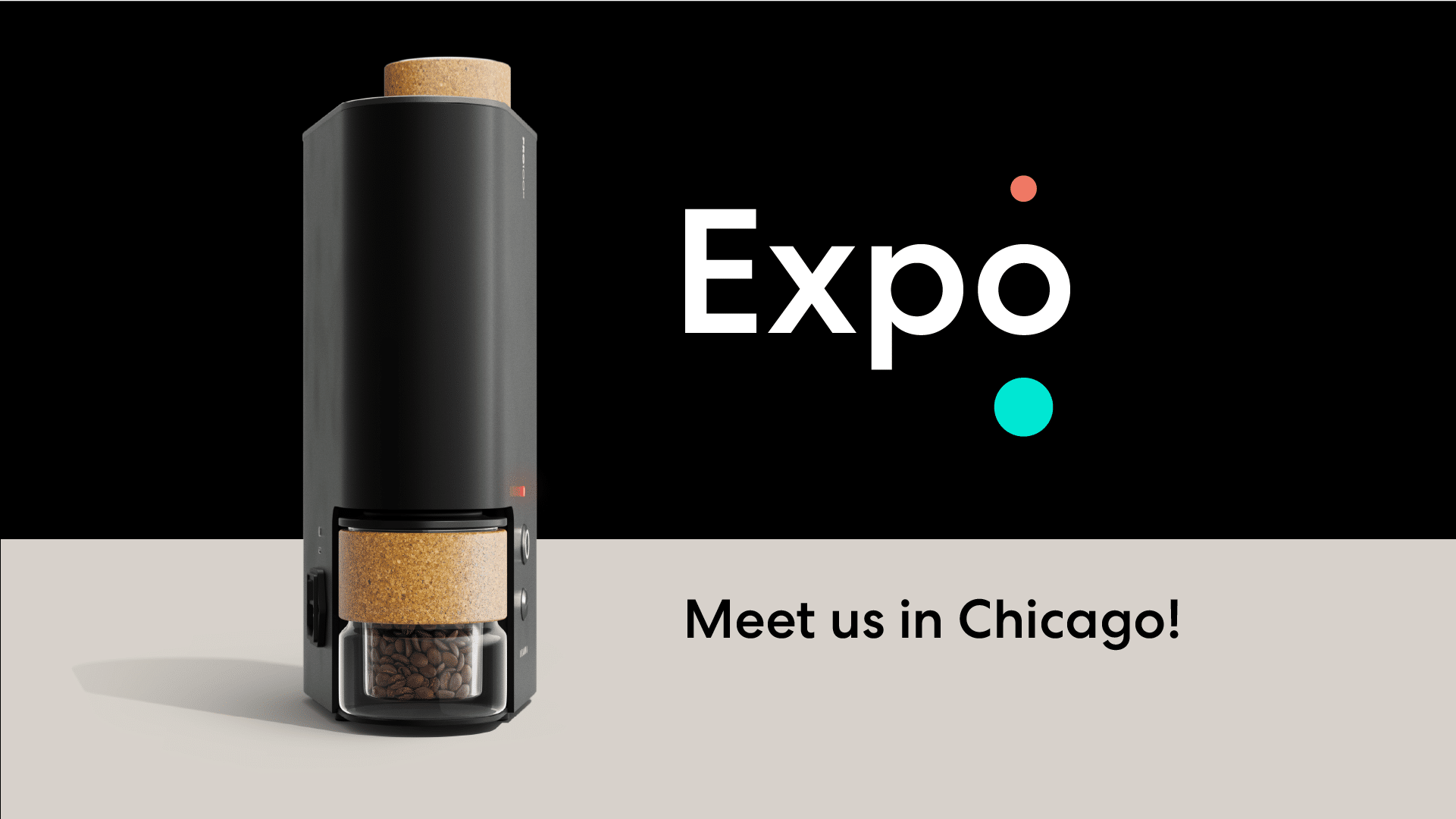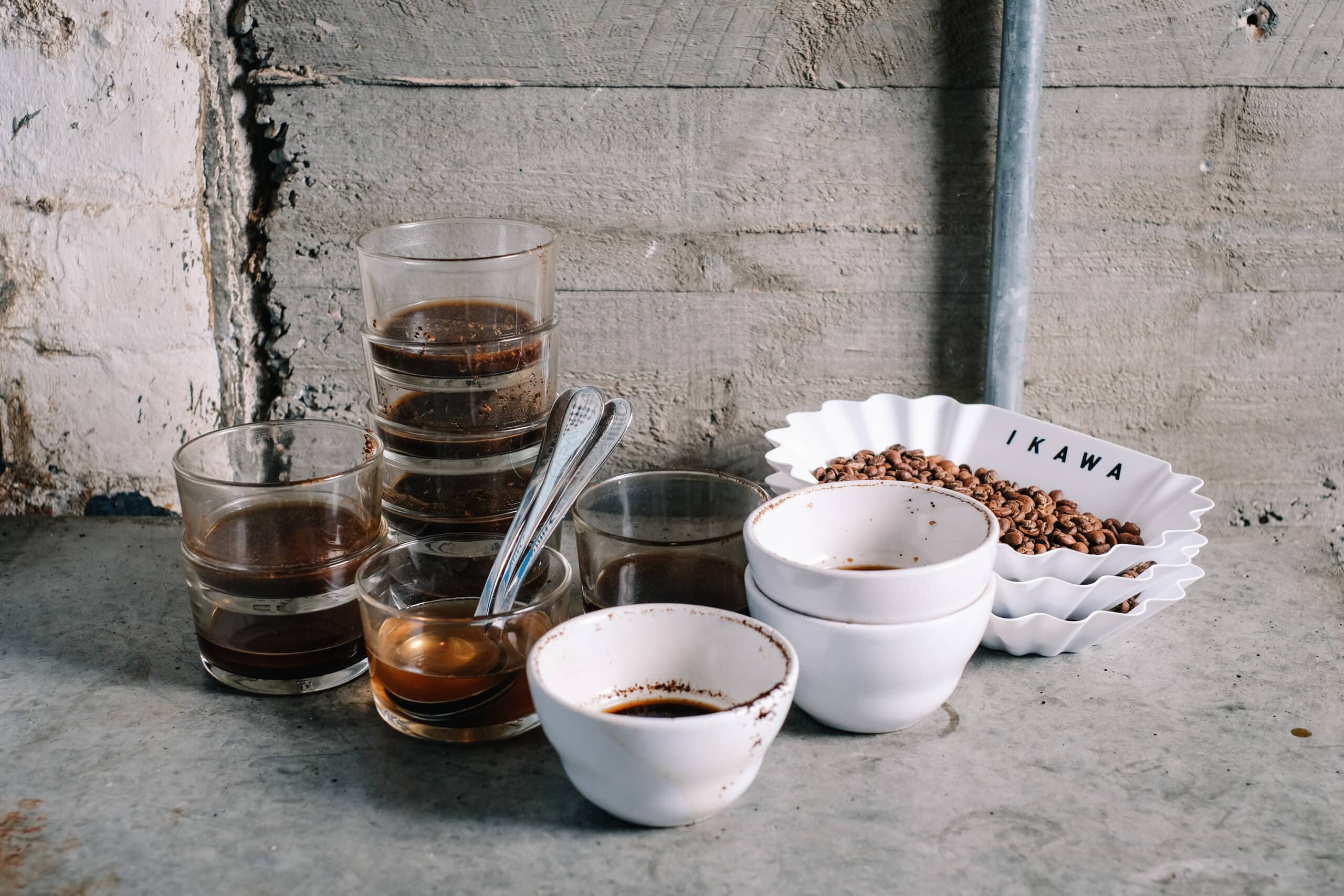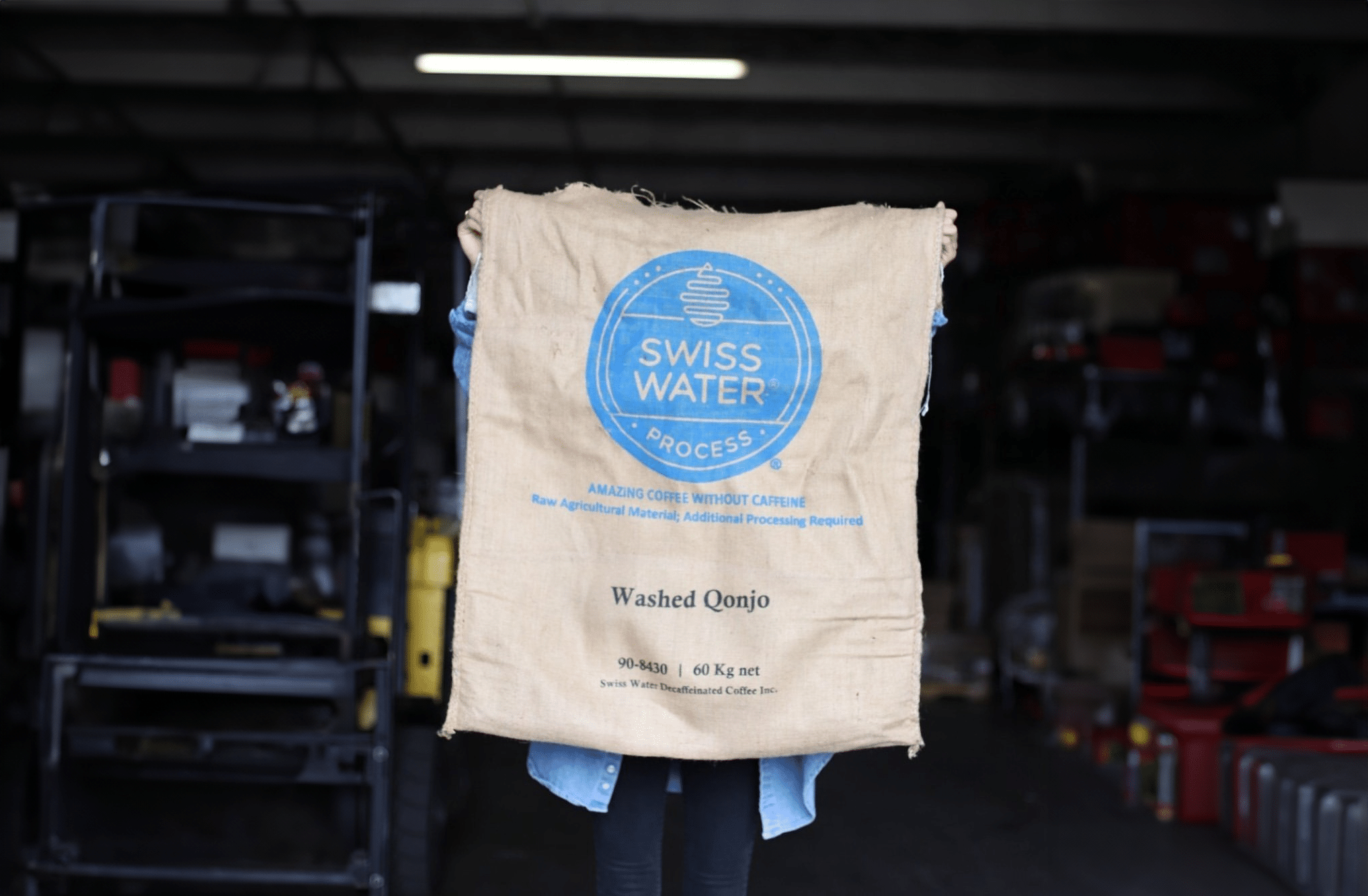The Pro100x caught my attention for two reasons: firstly, the ability to have the machine automatically mark first crack and end the roast after a specified time, and secondly, the humidity release curve. The 100x uses a moisture sensor to determine when the first crack starts. This is the best way to consistently mark FC, as the event occurs when the coffee seed physically cracks and releases moisture.
Once the roast has ended, a graph depicting actual moisture loss and the rate of moisture loss can be viewed. This is new information, and with new data comes the opportunity to improve our knowledge around what is happening to coffee during the roasting process—and, with this knowledge, hopefully, we can become better coffee roasters.
Lessons from the Pro100x
After a few months of use, I’ve learned two main lessons from the Pro100x:
1. By paying attention to the peak rate of moisture loss at the beginning of a roast and how long that peak lasts, I may choose to apply maximum energy earlier or later in a production roast. A coffee with a lower, longer peak may benefit from more energy earlier on, while a coffee with a tall, short peak may benefit from a heat soak method of some sort.
2. The biggest benefit so far has been the ability to see the rate of moisture release around the first crack. As a coffee cracks and releases moisture, it is fairly common to experience a moment of rapid temperature gain, followed by a crash in rate of rise, as the evaporating moisture cools the drum. The more moisture leaving the coffee at First Crack, the more volatile the change in ROR we should expect. Seeing the rate of moisture release is extremely helpful when approaching a new coffee.
A great example would be a coffee I am roasting at the moment—Ethiopia Idido. It is a very dense washed coffee that has a very pronounced flick and crash around First Crack, if not properly managed. The data from the humidity sensor on the Pro100X gave me insight into this before roasting the first production batch, ultimately speeding up the production profiling process.
What I can say with certainty is that I would love this technology integrated into my production machines!
The newly expanded Pro X Series (Pro50x, Pro100x) introduces a new frontier in sample roasting, combining the proven strengths of the Pro Series with an array of additional features for advanced, data-driven insights and time-saving workflows. It’s perfectly suited for coffee professionals, larger roasteries, and dedicated coffee professionals who insist on the best.
To learn more about our X Series, head over here or get in touch with our sales team.

